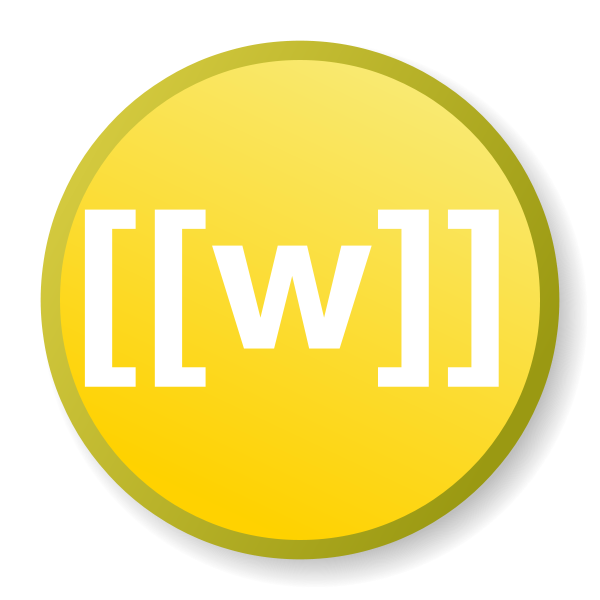Dungeons & Dragons (Original D&D)
From Wikipedia (January 24, 2007)[edit]
The original Dungeons & Dragons was published as a boxed set in 1974 and featured only a handful of the elements for which the game is known today: just three character classes (fighting-man, magic-user and cleric); four races (human, dwarf, elf, hobbit); only a few monsters; only three alignments (lawful, neutral, and chaotic). The rules assumed that players owned and played the miniatures wargame Chainmail and used its measurement and combat systems. An optional combat system was included within the rules that later developed into the sole combat system of later versions of the game. In addition, the rules presumed ownership of Outdoor Survival, an Avalon Hill board game for outdoor exploration and adventure (an unusual requirement, since Tactical Studies Rules was never in any way affiliated with rival Avalon Hill until two and a half decades later, when Wizards of the Coast - the purchaser of TSR's assets and trademarks - merged with Hasbro, which then owned Avalon Hill). D&D was a radically new gaming concept at the time, but the rules provided no overview of the game so it was difficult, without prior knowledge of tabletop wargaming, to see how it was all supposed to work. The release of the Greyhawk Supplement removed the game's dependency on the Chainmail rules,[1] and made it much easier for new, non-wargaming players to grasp the concepts of play. Ironically, the ambiguities and obscurities of the original rules helped D&D's success as individual groups had to develop their own rulings and ways of playing and thus gained a sense of ownership of the game. It also inadvertently aided the growth of competing game publishers, since just about anyone who grasped the concepts behind the game could write smoother and easier to use rules systems and sell them to the growing D&D fanbase (Tunnels & Trolls being the first such).
Supplements such as Greyhawk, Blackmoor, Eldritch Wizardry and Gods, Demi-Gods and Heroes (the last a predecessor of Deities and Demigods), published over the next two years, greatly expanded the rules, character classes, monsters and spells. For example, the original Greyhawk supplement introduced the thief class, and weapon damage varying by weapon (as opposed to character class). In addition, many changes were "officially" adopted into the game and published in the magazines The Strategic Review and its successor Dragon Magazine.
During this era, there were also a number of unofficial supplements published, arguably in violation of TSR's copyright, which many players used alongside the TSR books. The most popular of these were the Arduin series. For the most part, TSR ignored these unofficial supplements, although a few of the innovations from the Arduin series eventually made their way into mainstream D&D play, including critical hits, and the two-dimensional alignment system (pre-Arduin D&D had only a law/chaos axis, not a good/evil axis).
Back to Main Page → 3.5e Homebrew → Publication List
- ↑ Pulsipher, Lewis. "An Introduction to Dungeons & Dragons". White Dwarf, Issue 23, Games Workshop, February/March 1981, London, England, pp. 8-9. "Chainmail was needed to conduct combat...." "Greyhawk introduced a new combat system...."

